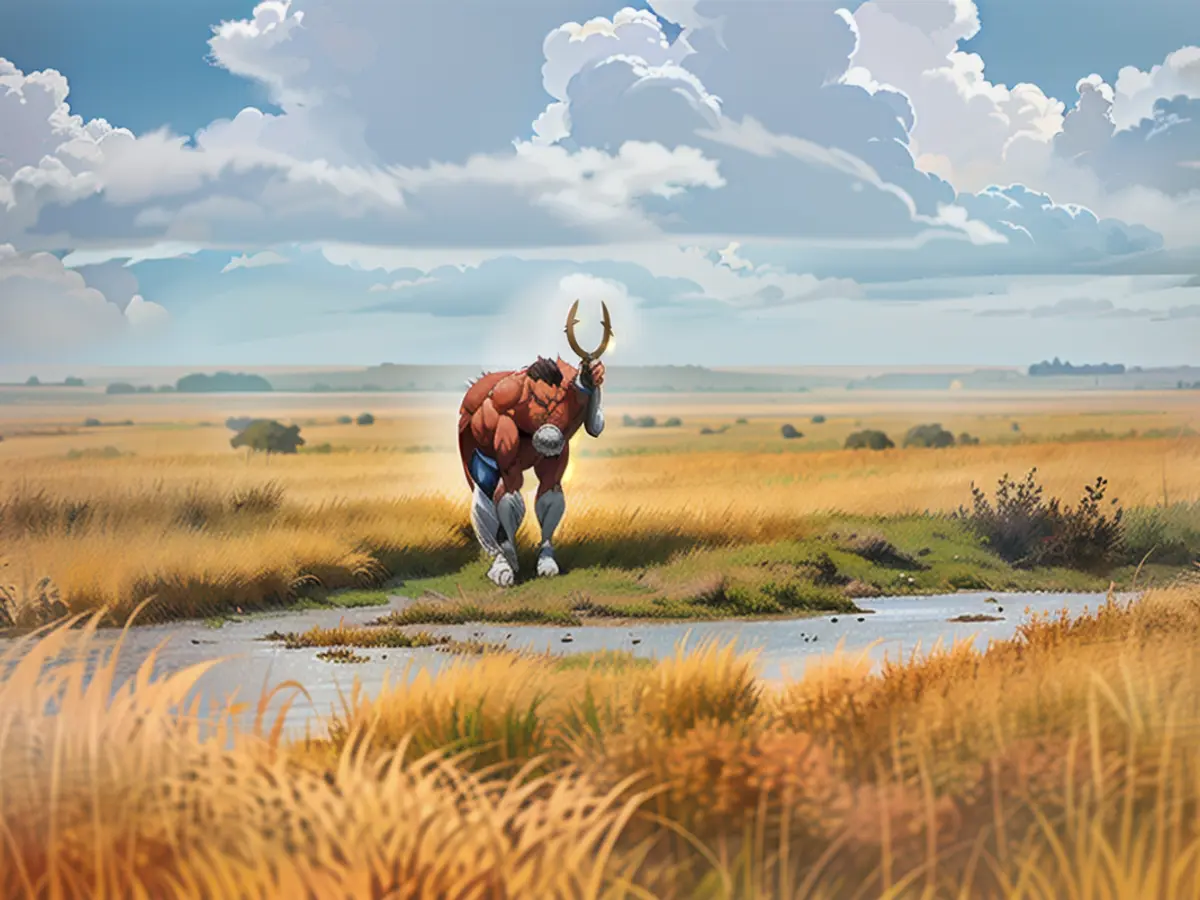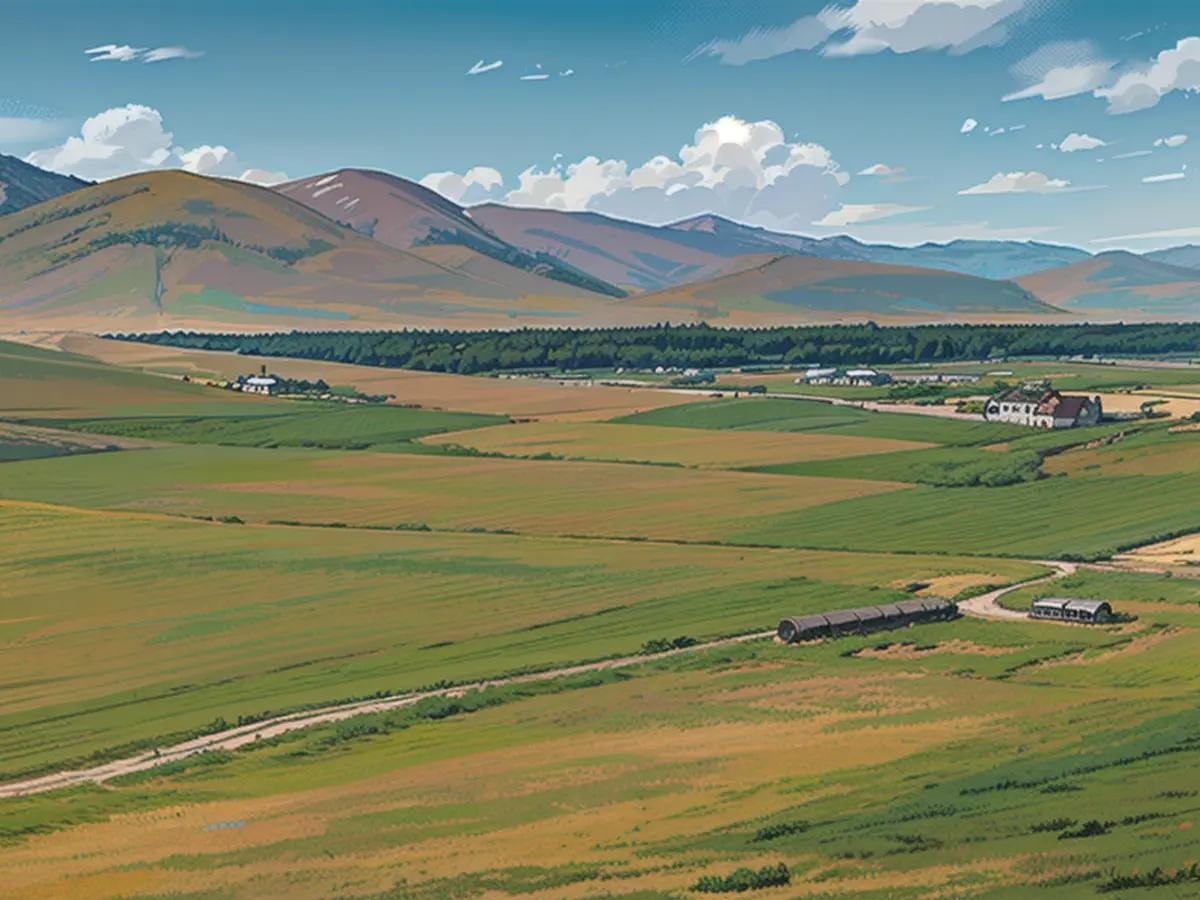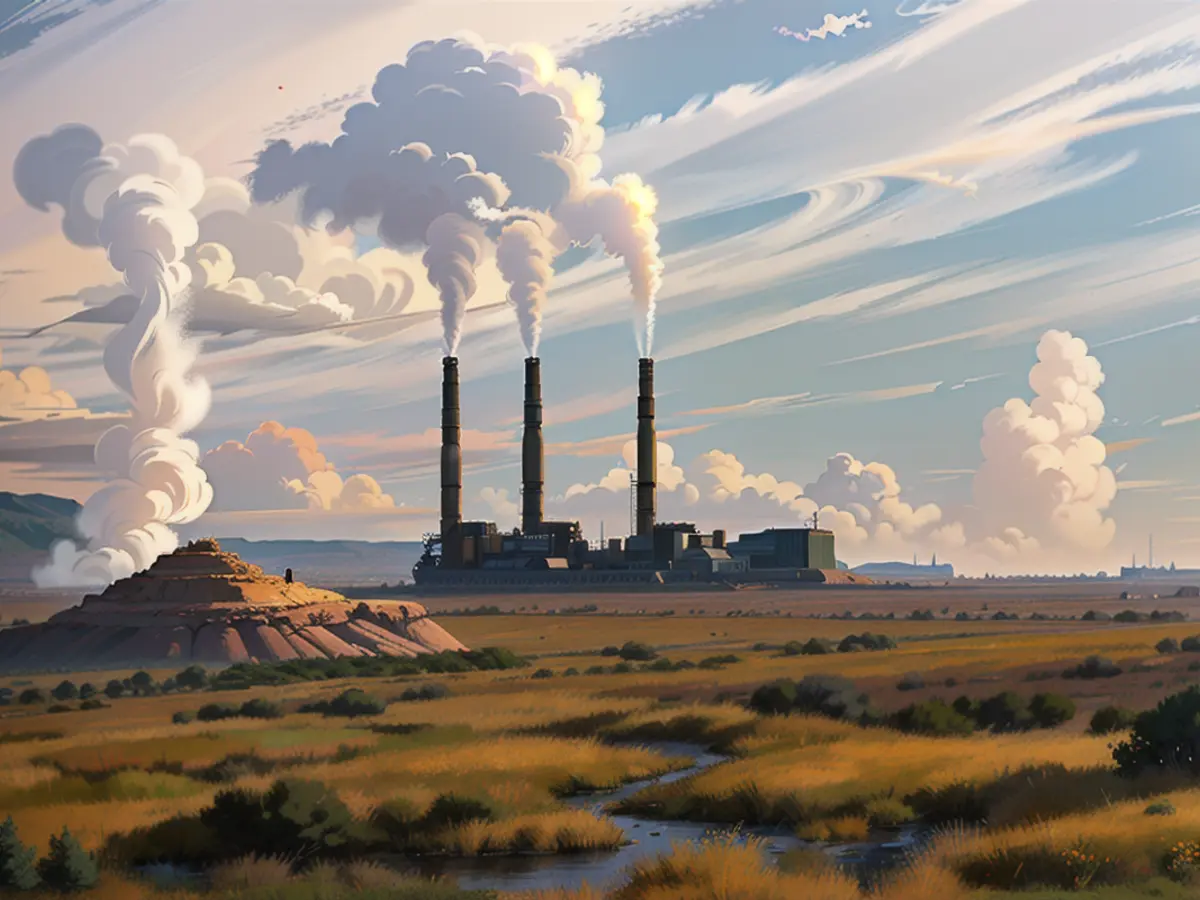Nearly half of all pasture lands are experiencing drought-like conditions.
Grasslands make up 54% of the Earth's land and play a significant role in providing food and storing carbon, but nearly half of these grasslands are in poor condition. The United Nations warns that the health of these landscapes is critical to the survival of billions of people.
These natural grasslands, spanning over half of the world's land area, are in dire straits in many regions. Up to half of these rangelands, which include prairies, steppes, savannahs, scrublands, deserts, and tundras, have degraded soil quality. The UN Convention to Combat Desertification (UNCCD) in Bonn terms this as a "serious threat to humanity's food supply and the well-being or even survival of billions of people." Monique Barbut, the UNCCD's former Executive Secretary, emphasizes that the destruction of rangelands happens in silence, while deforestation claims more public attention.
What are rangelands?
Rangelands are semi-natural grasslands where game and livestock graze on predominantly natural vegetation. In contrast to forests and intensively used agricultural areas, these lands do not include them. Covering about half of the Earth's land area, rangelands produce one-sixth of global food and store almost one-third of the Earth's carbon. Some two billion people depend on these areas for their livelihood.
The report points out that 84% of rangelands are utilized for livestock farming. The issues they face include low soil fertility, lack of nutrients, erosion, salinization, and soil compaction, all of which contribute to drought, rainfall variability, and loss of biodiversity above and below ground.
Causes behind the poor state of rangelands
The UNCCD identifies changes in land use as the primary reason for the deterioration of these landscapes. With the growing demand for food, textile fibers, and biofuel, pastures are getting converted into farmland. Overgrazing by large herds of animals and the abandonment of pastoral land use also threaten these grasslands. Additionally, the climate crisis and biodiversity loss cause more challenges for these pastoral landscapes.

Around 80% of West Africans depend on livestock farming, while 60% of Central Asian and Mongolia's land is used as pasture. There are substantial rangelands in North and South America, large parts of Africa, and Australia.
Situation in the US, Canada, and Europe
In the US, most of the grasslands have been converted into farmland, while some Canadian grasslands face damage from large-scale mining and infrastructure projects. In contrast, European rangelands have given way to urbanization, reforestation, and renewable energy production, according to the report.
The situation in Germany
As per the UNCCD definition, there are no rangelands in Germany. However, grassland covers a third of Germany's agricultural land. Rangelands in this country differ from conventional German grasslands because they are not created through agricultural practices. Rather, they are shaped by nature, fertilized by wild grazers, and maintained by cattle that graze on them. These areas typically have a greater biodiversity than cultivated meadows.
However, Germany does have some near-natural pasture farming. For example, mountain pastures in the mountains and migrating shepherds maintain grassland biotopes within the cultural landscape. In these areas, the cattle's grazing patterns help conserve grassland diversity.

Read also:
- This will change in December
- Dikes withstand water masses so far - Scholz holds out the prospect of help
- Fireworks and parties ring in 2024 - turn of the year overshadowed by conflicts
- Attacks on ships in the Red Sea: shipping companies avoid important trade route
To address the challenges faced by rangelands and promote sustainable agriculture, it's crucial to incorporate nature conservation and education into land management strategies. For instance, agricultural practices that prioritize soil conservation and biodiversity can help mitigate drought-like conditions and improve the overall health of rangelands. Furthermore, educating farmers and community members about sustainable farming techniques and the importance of rangelands for food security and carbon storage can foster a more responsible relationship with these lands.
Source: www.ntv.de







